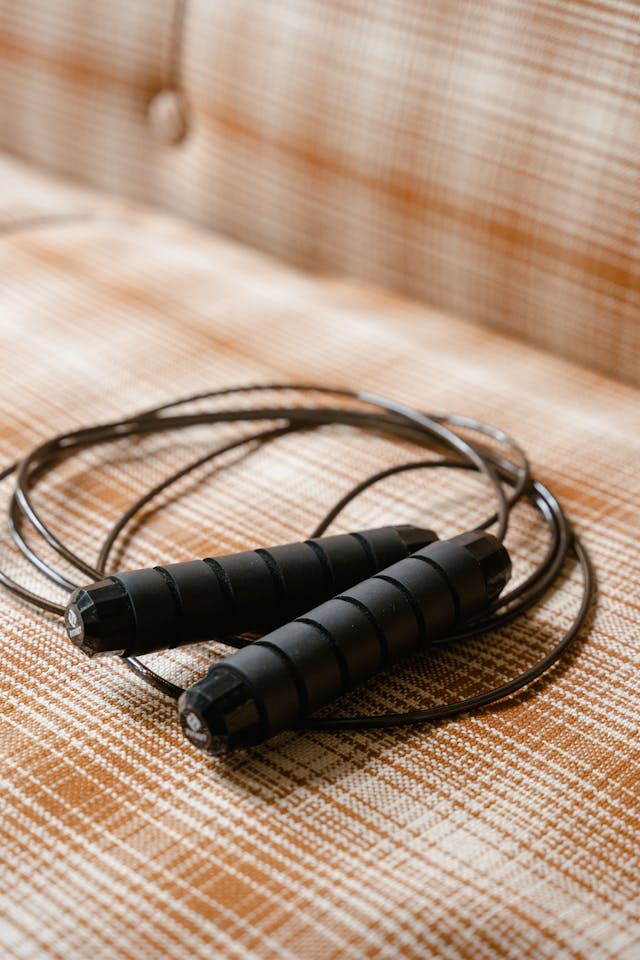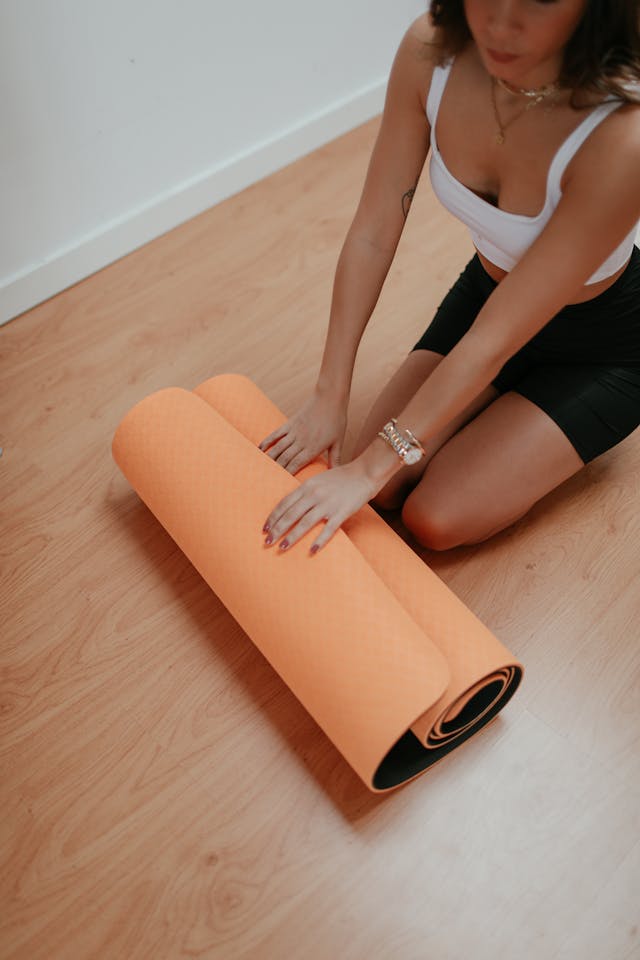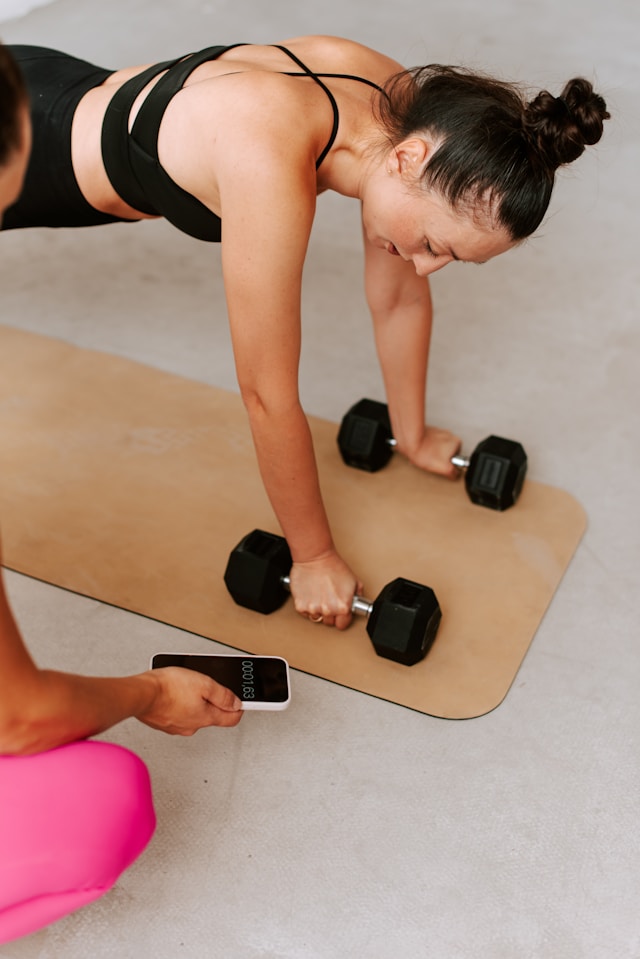Exercises to Improve Posture: Simple Steps for a Healthier You
Improving your posture is essential for overall health and can greatly enhance your daily comfort. Incorporating simple exercises into your routine can correct your posture, reduce muscle pain, and boost your confidence.
By focusing on specific stretches and strength-building activities, you can effectively support your spine and prevent discomfort.
Whether you are working at a desk all day or participating in sports, strains and poor alignment can take a toll on your body.
With the right exercises, you can strengthen the muscles that support your spine and promote better alignment.
As you explore various exercises designed to improve posture, you’ll find that they not only help with physical alignment but also contribute to your overall well-being. Engaging in these activities regularly can lead to increased flexibility, reduced tension, and enhanced performance in both daily tasks and workouts.
Understanding Posture
Good posture is essential for maintaining your health and well-being. It involves alignment and balance of your body, affecting how you feel and function daily. Recognizing the basics, common issues, and benefits can help you understand the importance of improving your posture.
The Basics of Good Posture
Good posture means holding your body in a way that puts the least strain on your muscles and ligaments.
When standing, your weight should be evenly distributed on both feet, with shoulders relaxed and back. Keep your head level and earlobes aligned with your shoulders.
While sitting, ensure your feet are flat on the ground, and your knees are at hip level. Use a chair that supports your lower back, allowing your spine to maintain its natural curve. This arrangement helps prevent fatigue and muscle pain.
Common Posture Problems
Many people experience poor posture, often without realizing it. Slouching is a common issue, where you lean forward, disrupting spine alignment. This can lead to discomfort, especially in the neck and back.
Forward head posture is another frequent problem, where your head juts forward. This places extra strain on your neck. Rounded shoulders can occur from prolonged sitting or using mobile devices, leading to tight chest muscles and weak upper back.
Being aware of these issues is the first step toward making positive changes.
Benefits of Improving Posture
Improving your posture can have significant advantages for your health. You may experience reduced pain, especially in the back, neck, and shoulders. Better posture allows your muscles to work more efficiently, preventing fatigue during daily activities.
Additionally, maintaining good posture can enhance your confidence and body language. You might even notice improvements in digestion and breathing as your organs have more space to function properly. These changes can lead to an overall better quality of life.
Assessment Strategies
Assessing your posture is essential for identifying areas that need improvement. This section covers practical methods for self-evaluating your posture and the benefits of seeking professional assessments.
Self-Evaluating Your Posture
You can begin by performing a simple self-assessment at home.
Stand with your back against a wall, checking for alignment in key areas:
- Head: Is your head touching the wall?
- Shoulders: Are they relaxed and back?
- Lower Back: There should be a slight gap between your lower back and the wall.
- Feet: Ensure they are aligned with your shoulders.
Another method is to use a mirror. Face a full-length mirror and observe your silhouette. Look for any unevenness in your shoulders, hips, or head tilt. Take note of any discomfort while standing, sitting, or moving, as these sensations can indicate postural issues. Regularly examining your posture helps you become aware of habits that may need correction.
Professional Posture Assessments
Engaging a professional for posture assessments can provide deeper insights.
Physical therapists and trainers often use specific techniques, including:
- Visual Observation: They analyze your posture during various movements.
- Postural Analysis Tools: Some professionals use tools or software to measure your alignment accurately.
- Functional Movement Assessments: These evaluations observe how you move in real life, identifying any limitations.
Professionals can tailor personalized programs based on their findings. This support is particularly beneficial before starting a new exercise regime, ensuring your foundation is strong and correctly aligned. Taking this step can significantly enhance your exercise performance and reduce injury risks.
Strengthening Exercises
Strengthening your core, shoulders, and back is essential for improving posture. These areas support your spine and help maintain proper alignment throughout daily activities.
Core-Strengthening Movements
To enhance your posture, focus on core-strengthening exercises. A strong core stabilizes your spine and pelvis, which is vital for good posture.
Plank: Hold a plank position, keeping your body in a straight line from head to heels. Aim for 30 seconds to start, gradually increasing the hold time.
Dead Bug: Lie on your back with arms extended towards the ceiling and knees bent at 90 degrees. Slowly lower opposite arm and leg towards the floor, then return to the starting position. Perform 10-15 repetitions.
Bird Dog: Start on all fours. Extend one arm forward and the opposite leg backward while keeping your torso stable. Hold for a few seconds and switch sides. Do 10-12 reps per side.
These movements strengthen your abs, obliques, and lower back, which support a healthy spine.
Shoulder and Back Workouts
Strengthening your shoulders and back promotes proper alignment and counteracts slouching. Incorporate these effective exercises into your routine.
Wall Angels: Stand with your back against a wall, arms bent at 90 degrees. Slide your arms up and down while keeping your shoulders and lower back in contact with the wall. Aim for 10-15 repetitions.
Bent-Over Rows: With a dumbbell in each hand, hinge at the hips and lower your torso. Pull the weights toward your waist, squeezing your shoulder blades together. Complete 10-12 reps.
Reverse Flys: Stand with a slight bend in your knees, holding dumbbells in each hand. Lean forward and lift your arms out to the sides, squeezing your shoulder blades. Perform 10-15 repetitions.
Regularly practicing these exercises can significantly improve your muscular support for better posture.
Stretching and Flexibility
Improving your posture involves more than just strengthening exercises. Stretching and enhancing your flexibility play a crucial role in achieving better alignment.
Targeting your neck, shoulders, and spine can relieve tension and promote a healthier posture.
Neck and Shoulder Stretches
Tension in your neck and shoulders often contributes to poor posture. Incorporating specific stretches can alleviate this discomfort.
Neck Tilt: Sit or stand up straight. Gently tilt your head towards one shoulder, holding for 15-30 seconds. Repeat on the other side. This stretch relaxes the neck muscles.
Shoulder Rolls: Sit or stand and roll your shoulders back in a circular motion. Perform this for 10 repetitions. This helps release built-up tension in your shoulders.
Cross-Body Shoulder Stretch: Bring one arm across your body at shoulder height. Use the opposite arm to gently pull it closer. Hold for 15-30 seconds on each side. This stretch opens up your shoulder area, aiding flexibility.
Regular practice of these stretches can lead to significant improvements in neck and shoulder tension, allowing you to maintain a more upright posture.
Spinal Alignment Stretches
Focusing on your spine is essential for maintaining overall posture. Incorporating spinal stretches can encourage flexibility and alignment.
Cat-Cow Stretch: Start on all fours. Arch your back upwards (Cat) and then dip it down while lifting your head (Cow). Repeat for 5-10 cycles. This stretch improves spinal flexibility.
Child’s Pose: Kneel and sit back on your heels. Reach your arms forward and lower your forehead to the ground. Hold for 30 seconds. This stretch releases tension along the spine.
Seated Forward Bend: Sit with your legs extended. Reach toward your toes while keeping your back straight. Hold for 15-30 seconds. This helps stretch the lower back and hamstrings.
Incorporating these spinal alignment stretches into your routine can enhance your overall flexibility and support better posture.
Creating a Balanced Routine
To improve your posture effectively, it’s essential to incorporate posture exercises into your daily life and make adjustments that accommodate a sedentary lifestyle. By doing this, you can create a routine that not only strengthens your muscles but also promotes better alignment.
Incorporating Posture Exercises Into Daily Life
Integrating posture exercises into your daily routine can be simple and effective.
Start by choosing specific times for short exercise sessions. Consider setting reminders on your phone or using sticky notes in visible areas.
You might aim for 5-10 minute breaks every hour to perform exercises such as wall angels or seated twists. These movements can help reinforce good posture and relieve tension.
Creating a list of 3-4 go-to exercises can make it easy to remember. For example:
- Cobra Pose: Opens up the chest.
- Shoulder Blade Squeeze: Strengthens upper back.
- Cat-Cow Stretch: Increases spinal flexibility.
By consistently performing these exercises, you’ll develop better posture habits over time.
Routine Adjustments for Sedentary Lifestyles
If you lead a sedentary lifestyle, it’s crucial to adjust your routine to combat poor posture. Start by being mindful of your sitting habits. Ensure your chair supports your lower back. Also, make sure your computer screen is at eye level.
Incorporate stand-up reminders every 30-60 minutes. You can set a timer or download an app that prompts you to stand and stretch.
Additionally, consider including activities that promote movement throughout the day. Walking meetings or using a standing desk can greatly reduce prolonged sitting.
Making these adjustments fosters a more ergonomic environment. This encourages healthy posture habits. Remember, small changes in your routine can lead to significant improvements in your posture.






